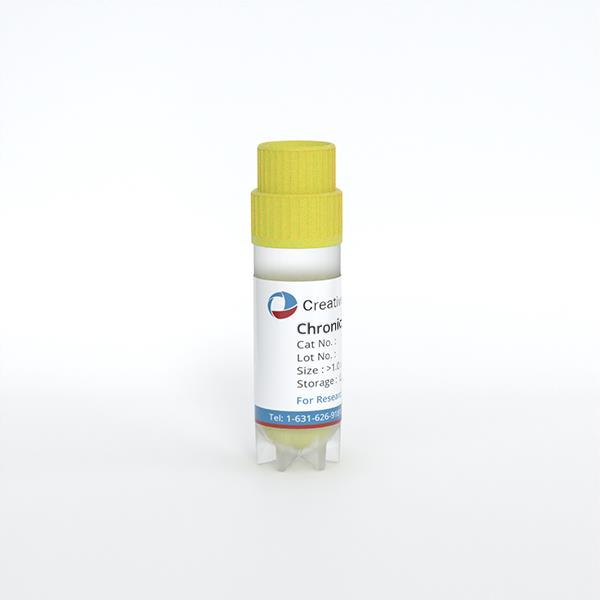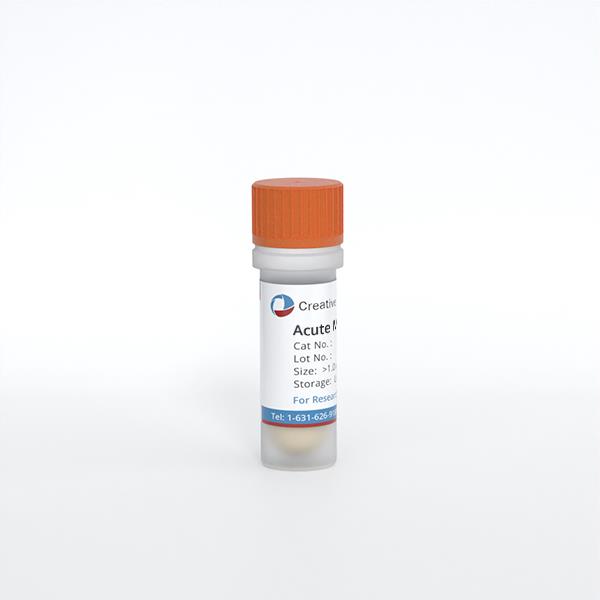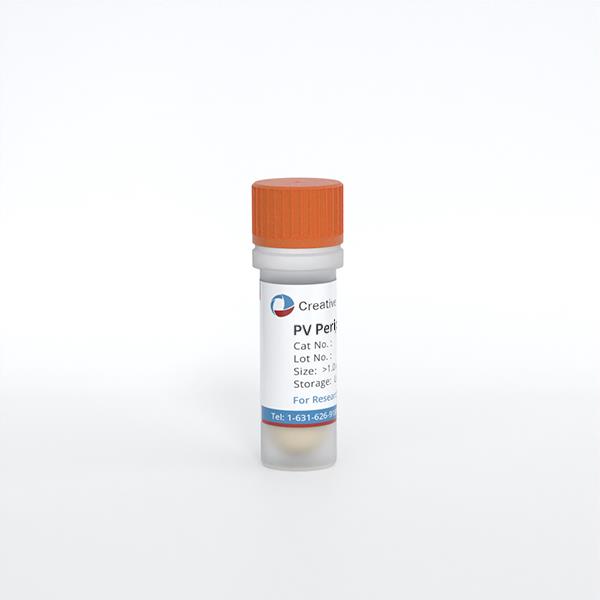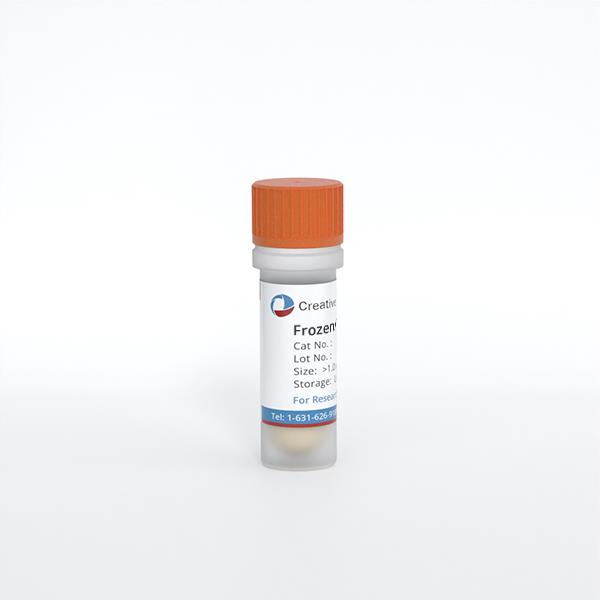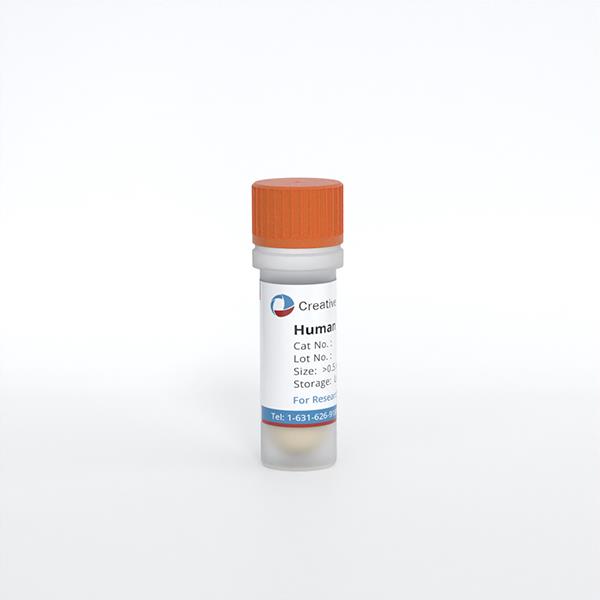
Human Peripheral Blood Mononuclear Cells (HPBMC)
Cat.No.: CSC-C4085X
Species: Human
Source: Peripheral Blood; Blood
Cell Type: Mononuclear Cell
- Specification
- Background
- Scientific Data
- Q & A
- Customer Review
Creative Bioarray's HM-Neg cells are purified from peripheral blood mononuclear cells by removing other cell types using immunomagnetic selection. This leaves the monocytes untouched and unaltered. Our HM-Neg cells are quality tested via flow cytometry to ensure proper expression of monocyte markers. Monocytes express CD14, CD11c and some monocytes express the FcγRIII receptor, CD16. The expression of CD3 (T cells), CD19 (B cells) and CD56 (NK cells) are also analyzed to ensure complete depletion of these cell types.
Cell Features:
HM-Neg are cryopreserved upon isolation and purification.
HM-Neg are extensively tested for quality and optimal performance.
Creative Bioarray guarantees performance and quality.
PBMCs (Peripheral Blood Mononuclear Cells) is a mixed population of immune cells with different proportions depending on the individual's age, gender, health condition, and other factors. The most typical immune cells that account for the majority of PBMCs composition, based on the literature, are as follow:
- Lymphocytes (70–90%): This includes T cells (CD3+), B cells (CD19+), and NK cells (CD56+).
- Monocytes (10–20%): These have phagocytic functions and can differentiate into macrophages and dendritic cells.
- Dendritic Cells (1–2%): These are key antigen-presenting cells.
PBMCs play a central role in the immune system, with functions including:
- Immune Response: T cells recognize antigens and activate immune reactions, B cells produce antibodies, and NK cells directly destroy virus-infected or tumor cells.
- Antigen Presentation: Dendritic cells and monocytes uptake and process antigens, presenting this information to T cells to initiate the adaptive immune response.
- Inflammation Regulation: PBMCs secrete various cytokines (e.g., TNF-α, IL-1β, IL-6, IFN-γ) to regulate inflammatory responses.
- Tissue Repair and Regeneration: PBMCs can differentiate into multiple cell types, such as endothelial cells, osteoblasts, and fibroblasts, aiding in tissue repair and regeneration.
- Immune Tolerance: Through mechanisms involving regulatory T cells (Treg) and MDSCs, PBMCs inhibit excessive immune responses and maintain immune balance.
Polystyrene Nanoparticles: the Mechanism of Their Genotoxicity in Human Peripheral Blood Mononuclear Cells
Plastic nanoparticles are widely spread in the biosphere, but health risk associated with their effect on the human organism has not yet been assessed. Malinowska et al. determined the genotoxic potential of non-functionalized polystyrene nanoparticles (PS-NPs) of different diameters of 29, 44, and 72 nm in human peripheral blood mononuclear cells (PBMCs) (in vitro).
Metabolic activity of PBMCs after 24-h exposure to PS-NPs was assessed by means of the tetrazole salt reduction test (MTT test). The research showed a statistically significant decrease in metabolic activity for all tested particles. NPs with a diameter of 29 nm caused a decrease in the tested parameter from the concentration of 300 µg/mL, while NPs with a diameter of 44 and 72 nm from the concentration of 500 µg/mL depleted the examined parameter (Fig. 1). The IC50 concentration was determined (Fig. 1). The IC50 concentration for the smallest NPs was 431.5 µM, while for the 44 and 72 nm NPs it was over 1000 µM. Based on determined viability, PS-NPs at the concentrations that did not significantly change cell viability (≤ 100 µg/mL) were taken for further analysis.
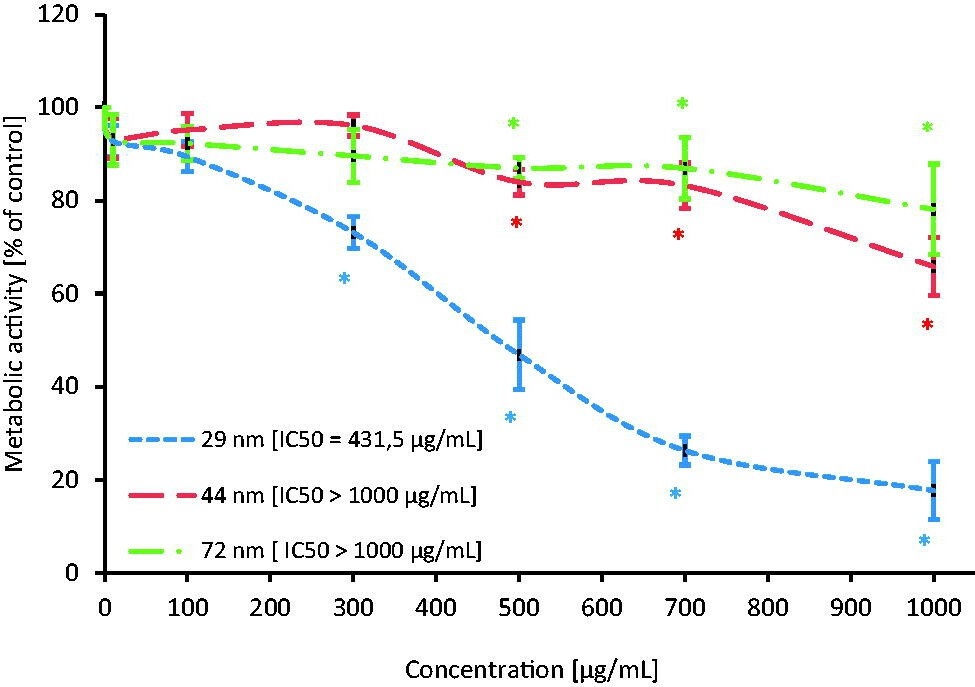 Fig. 1. The level of metabolic activity of human PBMCs incubated with PS-NPs of 29, 44, and 72 nm in diameter in the range of concentrations of 10–1000 µg/mL for 24 h (Malinowska K, Bukowska B, et al., 2022).
Fig. 1. The level of metabolic activity of human PBMCs incubated with PS-NPs of 29, 44, and 72 nm in diameter in the range of concentrations of 10–1000 µg/mL for 24 h (Malinowska K, Bukowska B, et al., 2022).
Human PBMCs Produce Pro-Inflammatory Cytokines such as TNF-α, IL-6, and IL-1β in Response to BjcuL Stimulation via NF-κB Signaling
Snake venoms contain lectins, including BjcuL from Bothrops jararacussu, which lacks cytotoxicity but induces cytokine production and ROS in human PBMCs. These effects may contribute to the inflammatory response in snakebite victims. Inflammasomes, particularly NLRP3, are key in innate immunity and are activated by lectins. Ikenohuchi et al. investigated how BjcuL influences NLRP3 inflammasome activation in human peripheral blood mononuclear cells (PBMCs) and its role in inflammatory mediator release.
According to Pires et al., BjcuL (5 and 10 μg/mL) did not affect PBMC viability over 1-96 hours. Therefore, these concentrations were used to study BjcuL's action on PBMCs. Literature indicates BjcuL at these concentrations activates macrophages and human PBMCs, inducing pro-inflammatory mediators. To investigate the signaling pathway leading to BjcuL-induced pro-inflammatory cytokines, we designed an experiment. Fig. 2 shows that both BjcuL concentrations and LPS significantly increased TNF-α (Fig. 2A), IL-6 (Fig. 2B), and IL-1β (Fig. 2C) release by PBMCs after 4 hours compared to control (RPMI). Evaluating cytokine production without TPCK (30 μM) showed decreased levels (Fig. 2A-C), suggesting NF-κB signaling involvement. NF-κB is a key transcription factor regulating innate and adaptive immunity, mediating inflammatory responses, stimulating pro-inflammatory genes (including cytokines/chemokines), and regulating inflammasome activation. Fig. 3 shows PBMCs incubated with BjcuL induced native NF-κB protein expression after 3 and 6 hours (Fig. 3A/C and B/F), indicating this pathway is activated by BjcuL to induce cytokine production. Pretreating PBMCs with TPCK (an inhibitor of IKKβ and NF-κB p65) abolished NF-κB activation (Fig. 3A/D and B/G), confirming pathway participation. However, phosphorylated NF-κB expression at these times did not differ between BjcuL and controls (Fig. 3A/E and B/H).
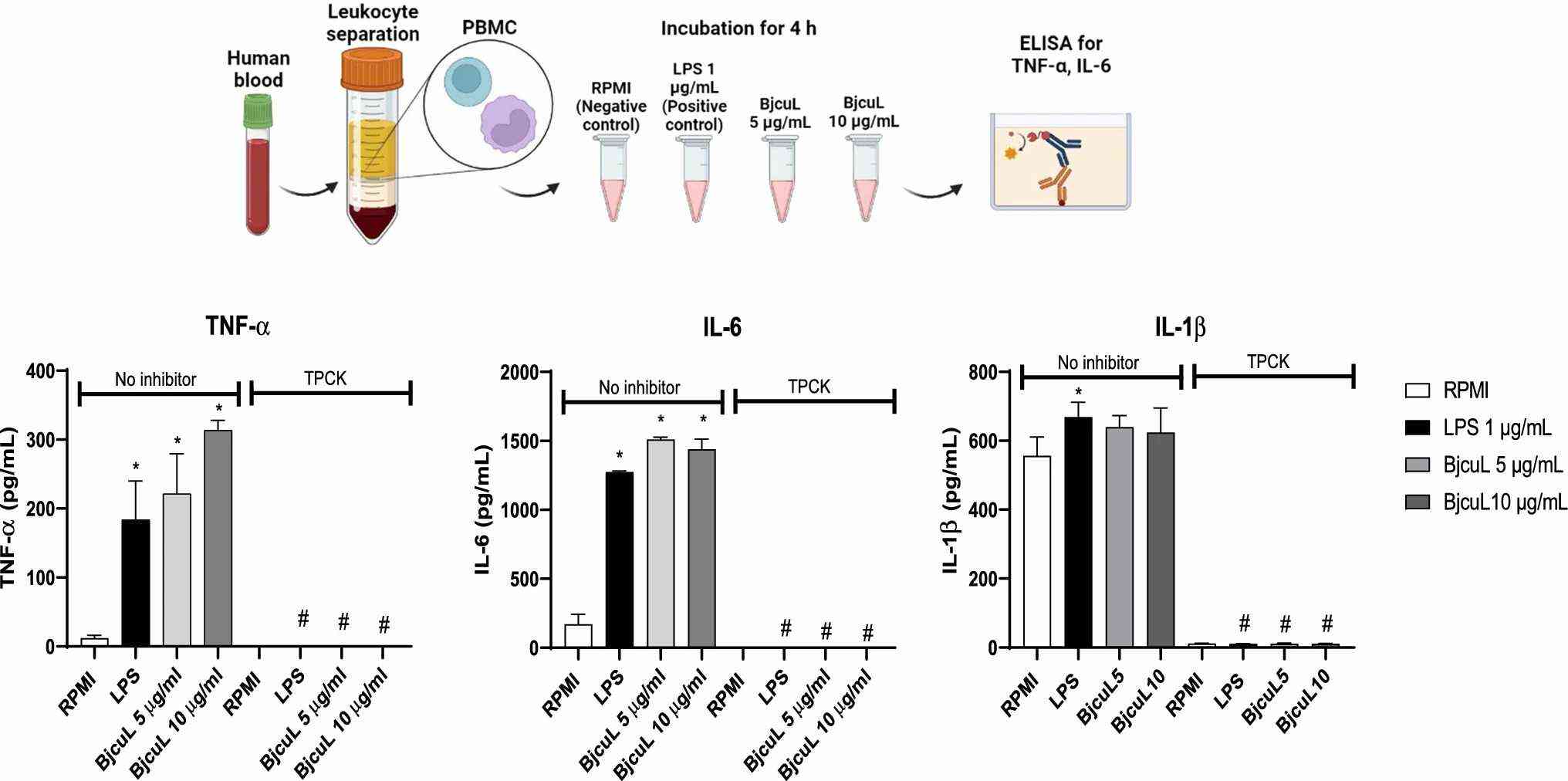 Fig. 2. TNF-α, IL-6, and IL-1β liberation under BjcuL stimulation (Ikenohuchi Y J, Silva M D S, et al., 2025).
Fig. 2. TNF-α, IL-6, and IL-1β liberation under BjcuL stimulation (Ikenohuchi Y J, Silva M D S, et al., 2025).
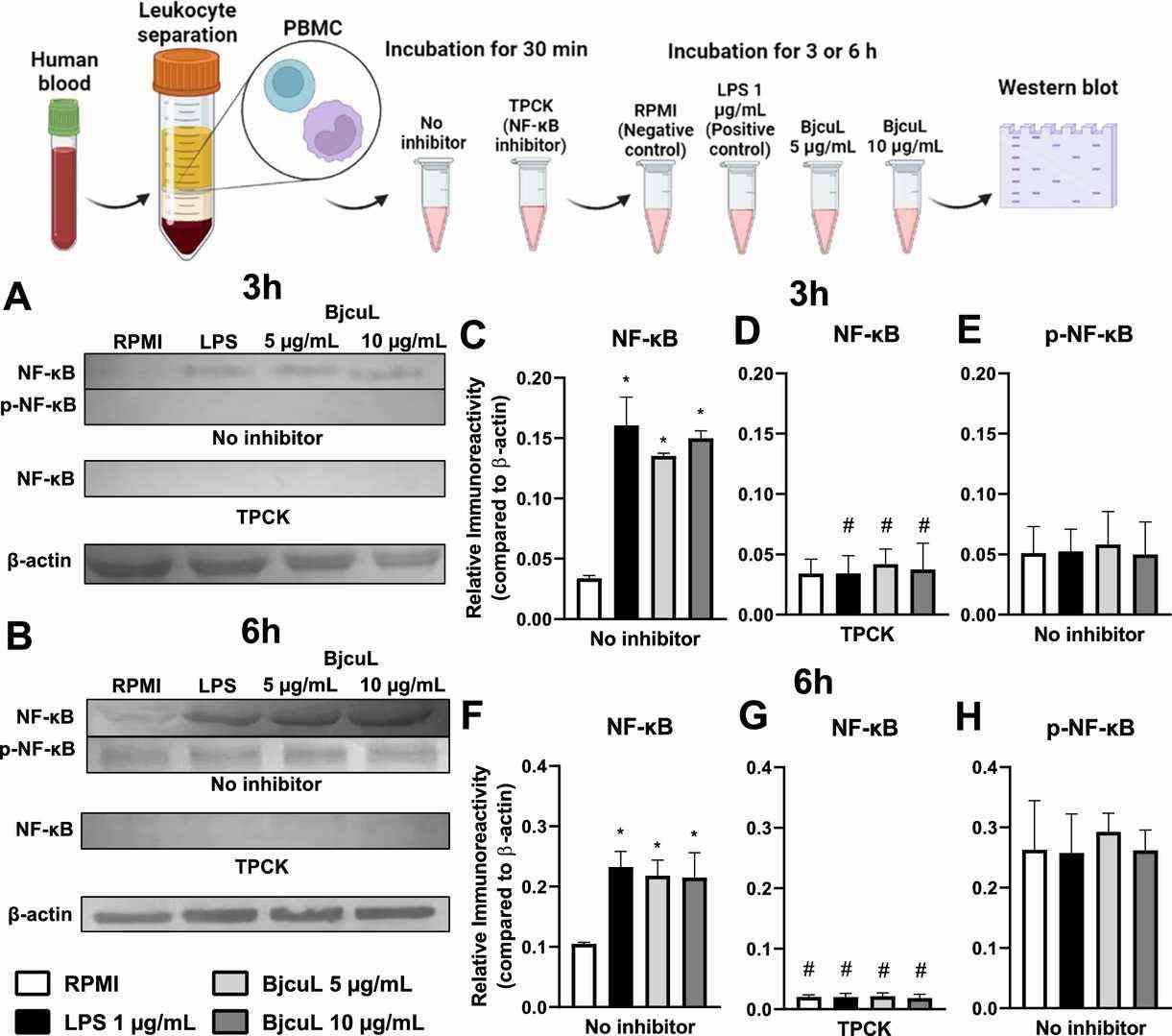 Fig. 3. Western blot of NF-κB protein expression in PBMCs under BjcuL stimulation (Ikenohuchi Y J, Silva M D S, et al., 2025).
Fig. 3. Western blot of NF-κB protein expression in PBMCs under BjcuL stimulation (Ikenohuchi Y J, Silva M D S, et al., 2025).
Ask a Question
Write your own review
